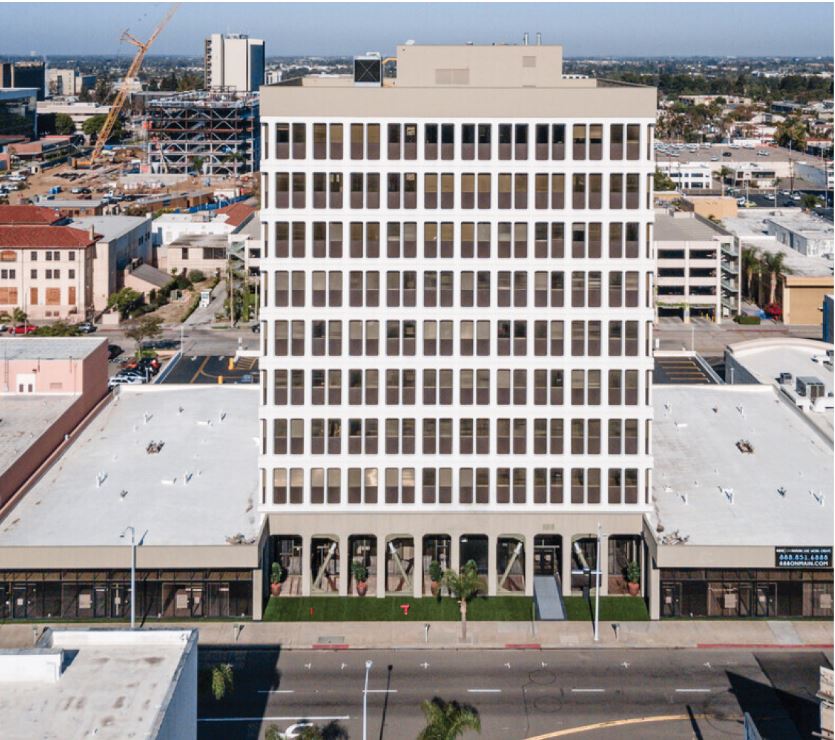An office-to-multifamily project shows how adaptive reuse can offer new life to properties once thought past their prime.
Adaptive reuse projects are all the buzz in the commercial real estate sector these days. Repurposing underutilized property is an excellent strategy for many CRE owners to maximize value. States like California and cities like Los Angeles are working to implement adaptive reuse ordinances that allow for by-right adaptive reuse conversions with more flexible building codes for existing properties. Municipalities increasingly see adaptive reuse as a method to convert underutilized commercial buildings into housing so that they can more efficiently meet housing needs outside of ground-up development. According to Yardi Matrix, developers nationwide converted 151 commercial buildings into residential apartments that totaled 20,100 rooms.
“So far, through adaptive reuse alone, this new decade has already created nearly 32,000 apartments, 41 percent of which are in former office buildings,” according to a recent Yardi Matrix report.
However, the process and costs of adaptively reusing commercial buildings into housing can be ripe with challenges. It is critical for CRE owners who are considering adaptive reuse to perform the appropriate up-front due diligence — including land use, design, engineering, construction, rent studies, and financial analysis — to determine the feasibility and risks of these projects. Developers must also understand the jurisdictional landscape to determine the best path for any entitlements needed to support a use change. Click to read more at www.ccim.com.




